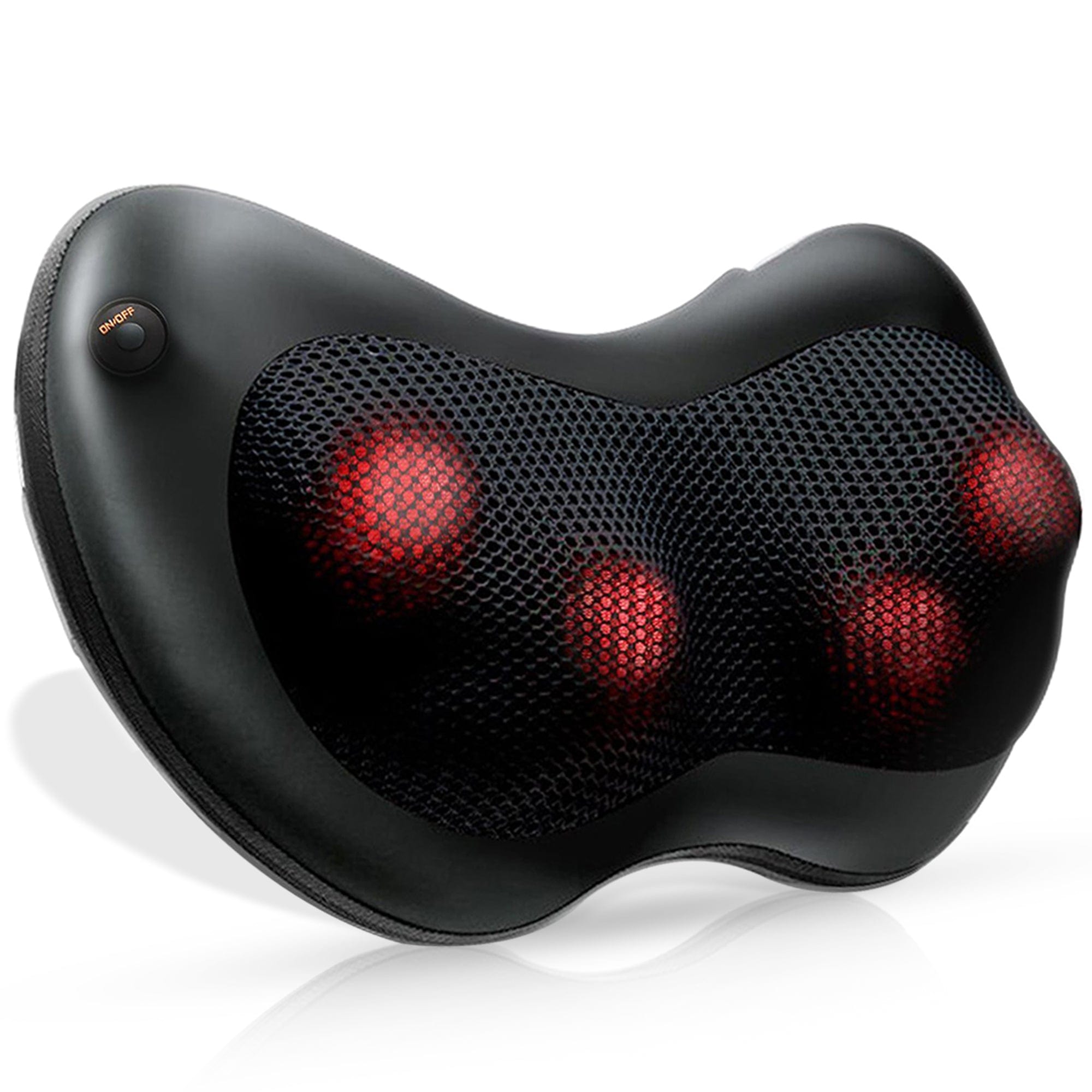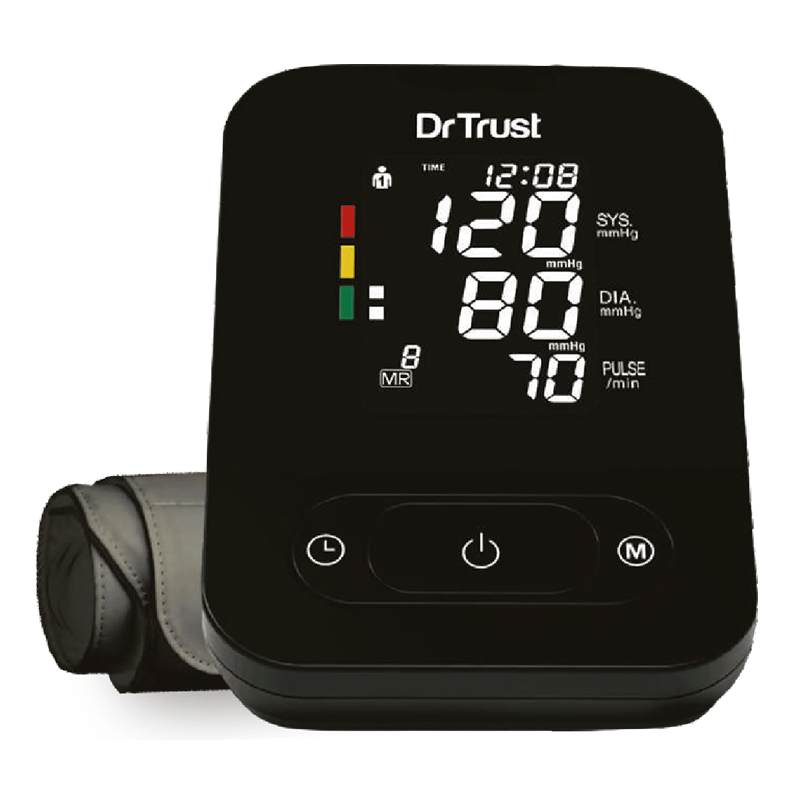Hypertension, or high blood pressure, is a widespread condition that requires consistent management to prevent serious health complications. One of the most effective ways to manage hypertension is through regular exercise. While many people might think that aerobics is the only way to combat high blood pressure, but actually there are various other exercises that can be just as beneficial, if not more so.
“The American Heart Association suggests 150 minutes of moderate-intensity exercise or 75 minutes of vigorous aerobic activity per week.”
How Does Exercise Affect Blood Pressure?
Maintaining an active lifestyle with regular exercise is crucial for keeping blood pressure under control. Exercise helps lower blood pressure through several scientifically proven mechanisms, including:
- By improving the overall efficiency of the heart.
- By reducing inflammation in the body.
- By enhancing the body's physiological and psychological response to stress.
- Improving the function of the endothelial lining of blood vessels, leading to more relaxed arteries.
What Type of Exercise Is Best to Keep Your Blood Pressure in Check?
There are three basic types of exercise that can help manage high blood pressure:
Cardiovascular Exercise: These activities help lower blood pressure and strengthen the heart. Examples include walking, jogging, jumping rope, bicycling, cross-country skiing, skating, rowing, high- or low-impact aerobics, swimming, and water aerobics.
Strength Training: This type of exercise builds strong muscles, which help burn more calories throughout the day and are good for your joints and bones. Surprisingly, strength training, including weight lifting, can also help lower blood pressure by improving overall fitness.
Stretching: Stretching exercises enhance flexibility, improve movement, and help prevent injury.
Best Practices for Managing High Blood Pressure
Brisk Walking
Brisk walking involves walking at a faster pace than usual, which increases your heart and breathing rate. Setting a lively yet comfortable pace invigorates your heart and lungs, contributing to healthier blood pressure. This low-impact exercise is perfect for beginners and can be easily incorporated into your daily routine.
Aerobic Classes
Joining classes such as Zumba, Aqua Aerobics, or functional fitness elevates your heart rate and brings joy and community spirit. These classes are fantastic for building endurance, improving heart health, and significantly lowering blood pressure.
Running or Jogging
Regular running or jogging at a good pace benefits your heart’s health, which positively affects blood pressure levels. Start with shorter distances at slower speeds and gradually increase to longer distances with greater speed. Alternating running or jogging with brisk walking is also effective.
Cycling
Cycling involves active pedaling, engaging your legs, heart, and lungs. This fosters a powerful synergy that works to lower your blood pressure. It offers the freedom to set your own pace and intensity, making it suitable for people of all fitness levels.
Gardening
Gardening activities such as mowing the lawn or raking leaves add up to an active form of exercise requiring motions like picking and bending. Continue this work for 30 to 45 minutes to see benefits.
Dancing
Dancing is an efficient form of exercise, especially if you join a dance class like Zumba. Any form of dancing counts as exercise if it involves total body movement and accelerates the heart rate.
Hiking
Hiking is a strenuous exercise. Beginners should start on easy trails and gradually progress to more challenging routes as they gain experience. The muscle power needed to climb inclines during hiking can enhance fitness levels and lower blood pressure by up to 10 points.
Swimming
Swimming is an excellent form of exercise. Beginners may start with freestyle strokes or try aqua jogging with aids like an aqua jogging belt or pool noodle for extra buoyancy.
Yoga
Yoga is an age-old exercise that can help reduce blood pressure. However, consult a doctor before starting yoga, as some poses may not be advisable for those with hypertension.
Monitoring Blood Pressure
Incorporating these exercises into your routine can significantly improve your blood pressure and overall health. Remember to monitor your blood pressure regularly. Home BP monitoring is easy with Dr Trust BP monitors. These handy and portable devices are USFDA certified for precise readings and sync data to the Dr Trust 360 app for real-time data sharing with family members and your doctor, enabling timely treatment adjustments.
Making Exercise a Habit
It’s important to make exercise a regular part of your routine for managing your hypertension effectively. Aim for at least 30 minutes of moderate activity, such as brisk walking, five days a week. If you prefer more vigorous activities like jogging, 20 minutes, three to four days a week, can provide similar benefits.
Start slowly if you’re not currently active, and gradually increase your pace. Warm up for 5 to 10 minutes before exercising to prevent injury, increase the intensity to a moderate level where you can still talk but not sing, and cool down gradually after your workout.
Tips for Sticking with Exercise
💡📌👉 Make it fun: Choose activities you enjoy to make it more likely you'll stick with them.
💡📌👉 Schedule it in: Plan your exercise like any other important activity and put it on your calendar.
💡📌👉 Find a buddy: Exercising with a friend can increase motivation and enjoyment.
Safety First: Know the Warning ❗ ❗ Signs While Exercising
Before starting any new exercise routine, especially if you have high blood pressure, consult with your doctor to ensure it's safe for you. Pay attention to how your body feels during exercise. It's normal to breathe harder, sweat, and have a faster heart rate, but stop exercising if you experience chest pain, weakness, dizziness, lightheadedness, or any other concerning symptoms. Seek medical attention if these symptoms persist. However, it may take some time for your body to adjust to the new activity, and this is completely normal. These are signs that your body is working hard and adapting to the exercise.
To ensure you're exercising at the right intensity, you can monitor your body mass index (BMI) using the Dr Trust BMI scale, which works seamlessly with the Dr Trust 360 app. This tool helps you track your progress and maintain a healthy weight.
For more information, click below 👇
BMI (Body Mass Index) Explained: What BMI Is & How To Calculate It Easily
DASH Diet: A Heart-Healthy Diet for Lowering Blood Pressure
In addition to exercise, maintaining a healthy lifestyle with a balanced diet low in sodium and processed foods, like the DASH diet, is recommended to prevent hypertension. If lifestyle changes aren’t enough to control your blood pressure, medications may be necessary.
What is DASH Diet? Want to know more about DASH diet? Click below 👇
DASH Diet: An Effective Dietary Approach to Stop Hypertension 💉🩸٨ـﮩﮩ٨ـ♡ﮩ٨ـﮩﮩ٨ـ…🩺
Managing hypertension requires a multifaceted approach, and incorporating the right types of exercise can play a significant role in keeping your blood pressure under control. By making exercise a regular part of your routine, you can improve your heart health and overall well-being.














